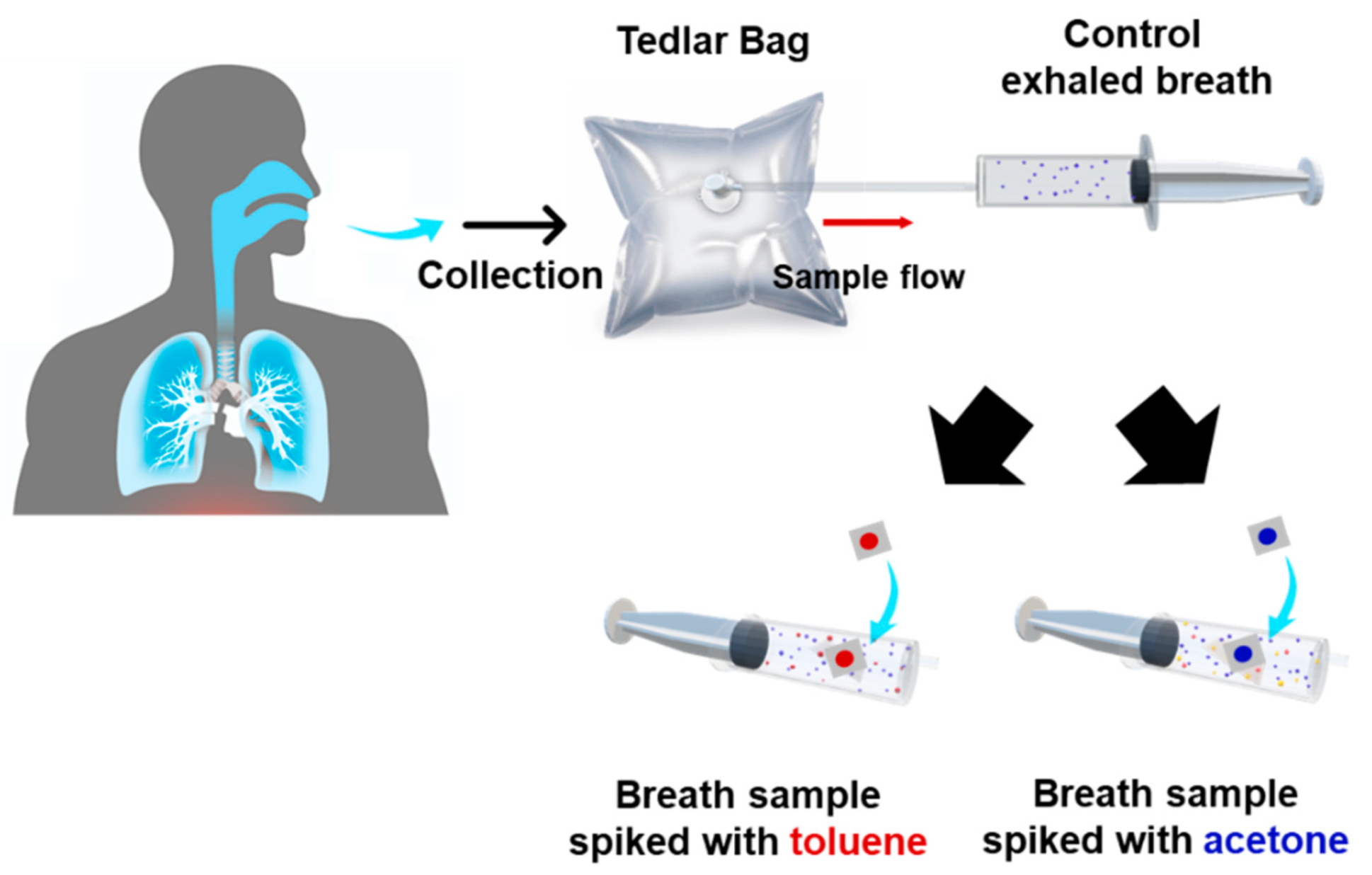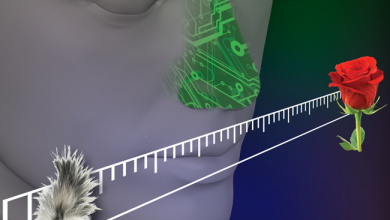Multi-Odor Discrimination by Rat Sniffing for Potential Monitoring of Lung Cancer and Diabetes


Schematic diagram of toluene- and acetone-spiked breath sampling. Human lung image captured form https://www.axetris.com, 12 March 2021 website.
Discriminating multiple odors, when multi-odor can be associated with different responses, is important for responding quickly and accurately to changes in the external environment. Yet, very few studies have been conducted on multi-odor discrimination by animal sniffing. In this article, Oh et al. identified a a novel multi-odor discrimination system by detection rats based on the combination of 2-Choice and Go/No-Go (GNG) tasks into a single paradigm, in which the Go response of GNG was replaced by 2-Choice, for detection of toluene and acetone, which are odor indicators of lung cancer and diabetes, respectively.
Three of six trained rats reached performance criterion, in 12 consecutive successful tests within a given set or over 12 sets with a success rate of over 90%. Through a total of 1300 tests, the trained animals showed multi-odor sensing performance with 88% accuracy, 87% sensitivity and 90% specificity. In addition, a dependence of behavior response time on odor concentrations under given concentration conditions was observed, suggesting that the system could be used for quantitative measurements. Furthermore, the animals’ multi-odor sensing performance has lasted for 45 days, indicating long-term stability of the learned multi-odor discrimination.
These findings demonstrate that multi-odor discrimination can be achieved by rat sniffing, potentially providing insight into the rapid, accurate and cost-effective multi-odor monitoring in the lung cancer and diabetes.
You can know more about multi-odor discrimination in the 7th Digital Olfaction Society Annual Meeting on November 29-30, 2022, in Tokyo, Japan and online.
Photo credits: Oh Y, Kwon O, Min S-S, Shin Y-B, Oh M-K, Kim M. Multi-Odor Discrimination by Rat Sniffing for Potential Monitoring of Lung Cancer and Diabetes. Sensors. 2021; 21(11):3696. https://doi.org/10.3390/s21113696
Digital Olfaction 2022 Annual Meeting
November 29-30, 2022 – Tokyo, Japan & Online
www.digital-olfaction.com




